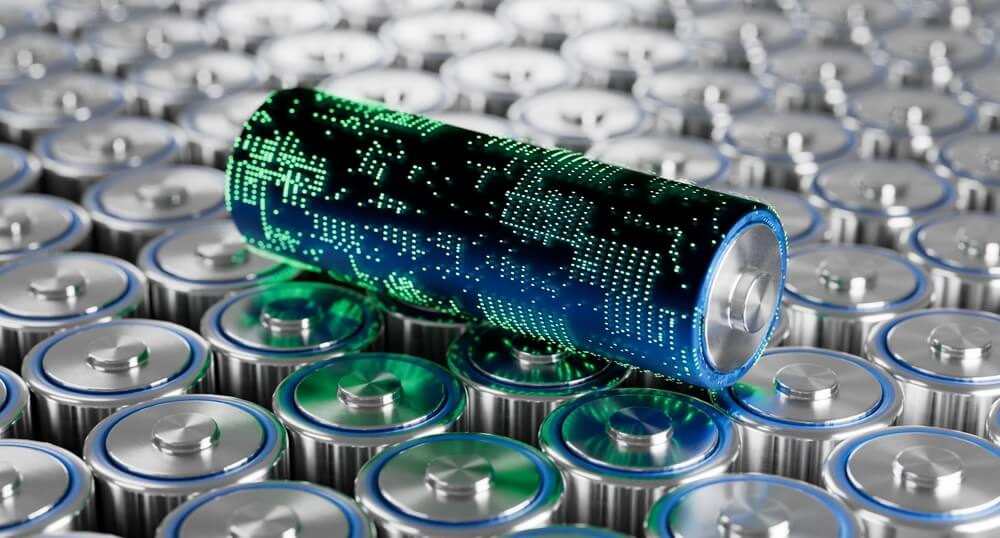Transient electronics—also known as biodegradable electronics—are devices engineered to dissolve harmlessly after performing their function. These devices use ultrathin silicon layers encapsulated in biodegradable materials like silk, allowing them to disappear entirely after their job is done. This innovation offers a promising solution to the growing problem of electronic waste and opens new doors for medical implants and environmental sensors that leave no trace behind.
Why Biocompatible Dissolution Matters
Most transient electronics are designed for short-term use. In the medical field, they eliminate the need for surgical removal of implants, while in environmental applications, they can monitor conditions and then degrade without harming the ecosystem. The ability to control the rate at which these devices dissolve ensures they function reliably for a set period before disappearing—a perfect blend of precision and sustainability.
Applications and Challenges Ahead
Transient electronics have potential in diverse fields, from eco-friendly pollution trackers to one-time-use military tech. However, challenges remain in balancing durability with degradation, ensuring performance before disintegration, and developing manufacturing processes that are equally eco-friendly. As materials science advances, the future of electronics may not be permanent—but it could be far more sustainable.




